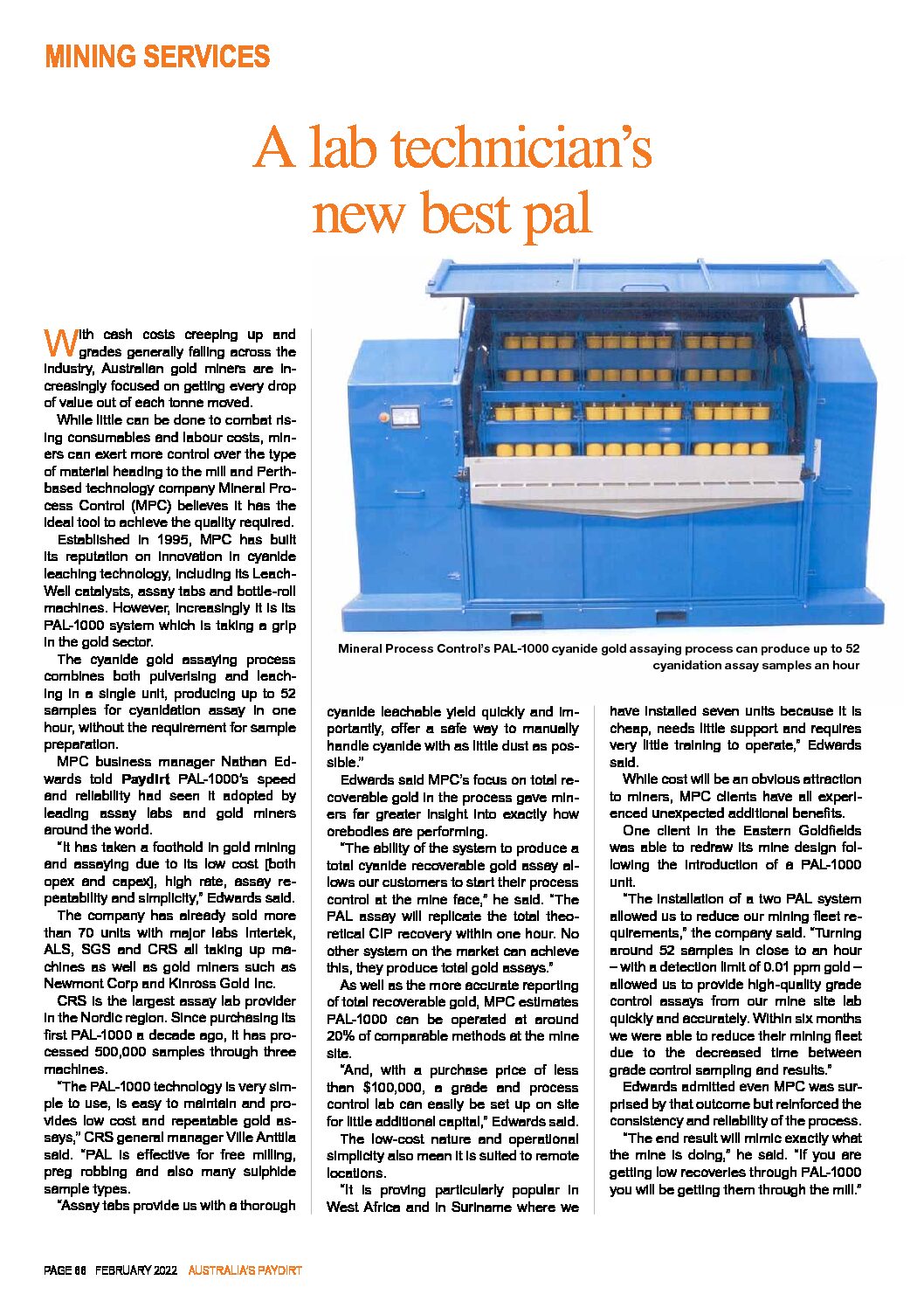
MPC’s Pulverise and Leach system, employing the patented Assay Tab, is currently utilised by over 50 global gold, silver and copper mining operations, to quickly, accurately and, cost-effectively undertake assaying on a variety of sample types. Due to the advantages these products deliver, to date, they have mostly been successfully applied in grade control assaying. However, an increasing number of mill operators are applying the PAL and AssayTabs for leach circuit process control.
Why is this the case?
Because the PAL1000 methodology is the equivalent of 52, 1kg bottle rolls within 1 hour.
Therefore, it is an ideal system to assist the mill operator in understanding the potential plant recoveries as well as fault-find recovery issues. To this end, it allows the mill operator to better control the leaching process. It also has the added benefit of optimising the effect of grind size on recovery.
Bottle Roll Test
With the majority of gold recovery plants utilising cyanidation as the extraction method, the bottle roll leach test is a commonly used analysis technique. This test reproduces the chemistry and conditions of the cyanide leaching circuit and allows the mill operator to predict and fine-tune the plant’s performance.
The bottle roll test consists of a plastic or glass jar or bottle, filled with a weighed solid sample, water, cyanide and, sometimes a pH modifier. The jar or bottle is then gently agitated via rollers for a specific time period and, at predetermined intervals the leachate is sampled and analysed for gold, silver, or copper. The leached solid residue is then further assayed to enable a mass balance and metal recovery percentage to be calculated.
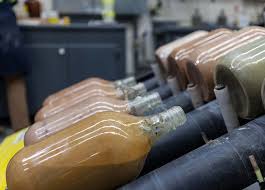
Testing a given ore in the laboratory is key to accurately identifying its cyanidation reactivity, leaching behaviour, and kinetics as well as its tendency to consume cyanide. Laboratory scale bottle roll tests are typically undertaken on finely ground samples (-150um) for up to 96 hours with cyanide concentrations of approximately 1kg/ tonne of ore. Bottle rolls are extensively used in prefeasibility studies for new mining projects, where the test parameters are varied to maximise gold recovery and determine the operating conditions for plant design and the economics of the ore body. The technician will typically vary grind sizes, reagent additions, and reaction time to narrow in on the optimum recovery and cost conditions. Likewise, in the case of an operating plant, these variables can be adjusted to reflect the plant operating conditions to obtain gold recovery data and ideal plant operating variables for ore parcels before treatment through the plant.
A key advantage of the bottle roll test is the large sample size often used. For example, a BLEG assay (Bulk Leach Extractable Gold) can use from 1kg to 5 kg of sample, which increases accuracy and precision and can overcome the effects of course “nuggety” gold particles. (Larger sample sizes require less splitting and size reduction, reducing the homogeneity issues that are often present in samples containing course and particulate gold).
Another advantage of the bottle roll is the low detection limit (sometimes as low as .02ppb), especially compared to other methods such as Photon and Aqua Regia.
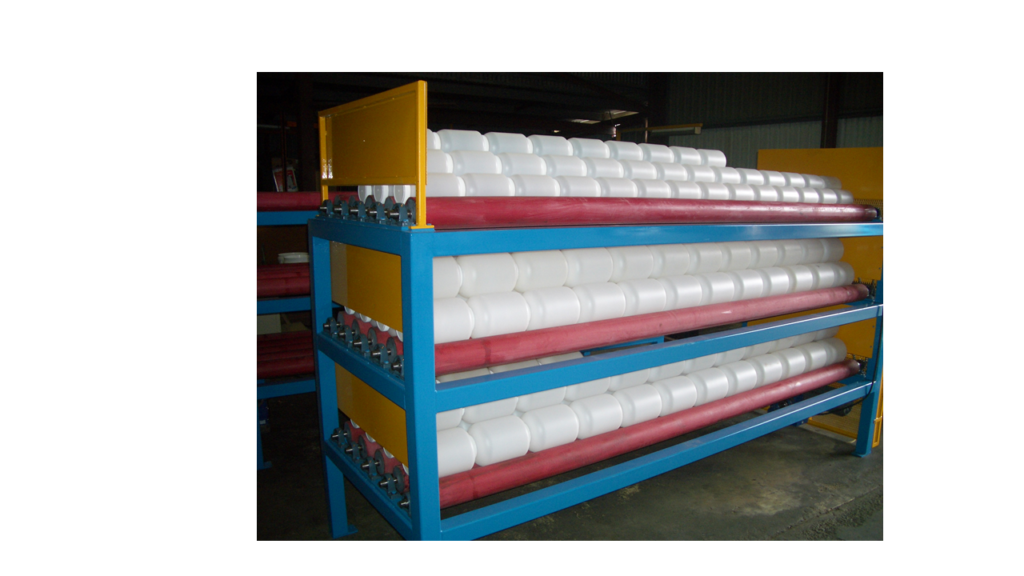
Notwithstanding these advantages, perhaps the biggest drawback of the traditional bottle roll is the time taken for complete gold dissolution, test times can be up to 96 hours, although in practice they are more typically between 24 to 48 hours, (this is mineralogy dependent).
The relatively elongated test time can preclude the traditional bottle roll as a “real-time” methodology, potentially precluding it from being used for up to date process control. Recovery data is vital, however for the mill operator, 24-hour data turnaround time can be considered glacial!
LeachWELL
MPC has long assisted the bottle roll test through the development and production of the LeachWELL range of reagents. LeachWELL is a cyanidation accelerant and reduces the bottle roll tests from a minimum of 24 hours, down to a single hour. This has obvious time and cost benefits, but this relatively rapid turn around allows for “real-time” results. With the addition of LeachWELL, the leach rate for gold under appropriate conditions for example, is approximately 1 micron per minute!

eachWELL is provided in a granular form and is added into the bottle roll jar/bottle in the required quantities, along with the cyanide, sample, and water. The methodology is straight forward, however, to simplify this even further, and to reduce the handling of cyanide and therefore operator exposure, MPC has developed the AssayTab assaying tablet.
AssayTabs
MPC’s AssayTabs consist of the correct ratio of cyanide and LeachWELL60X compressed into a single tablet. The assayer simply needs to add the number of tablets into the bottle roll to ensure adequate leaching reagents are added to the test.
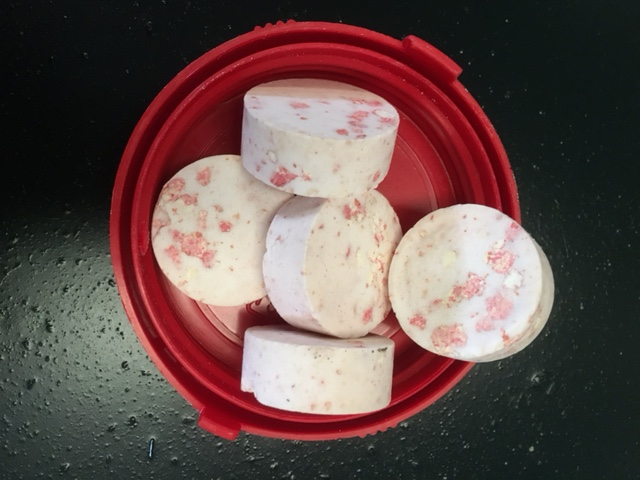
Removing the requirement to individually weigh out the Cyanide and LeachWELL for each bottle roll increases operator safety and reduces costs due to time saved. For a kilogram of sample, two AssayTabs are normally all that is required, however, both sample weight and AssayTab addition can be varied if reagent optimisation test work is required.
Smaller mine site based laboratories undertaking mill assays will typically utilise a small roller or tumbler with MPC’s AssayTabs and undertake solution analysis on an AAS. Larger on-site laboratories or commercial laboratories intending to do hundreds of assays per day could benefit from using specially designed orbital tumblers, such as MPC’s Laboratory Tumbler.
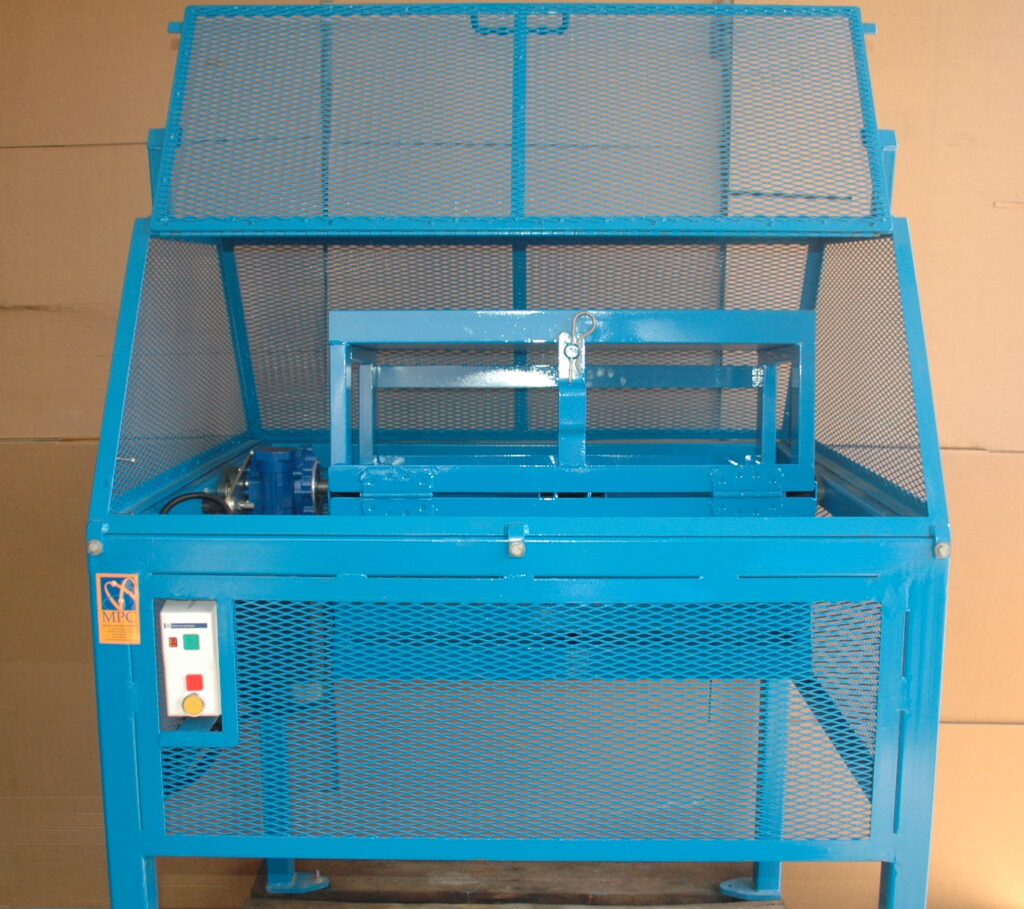
MPC’s Laboratory Tumbler
However, if the mill operator is serious about producing, fast, low cost and accurate real-time process control data, then they cannot go past MPC’s PAL1000 technology.
Pulverise and Leach (PAL1000)
The Pulverise and Leach (PAL1000) system is a stand-alone system that is designed to produce high-rate, low-cost Ag, Ag, and Cu assays. The system will simultaneously pulverize and leach 52, large (up to 1kg) samples. The PAL1000 is fast, a typical cycle is 45 minutes to an hour and it is cost effective, estimated at between 20% to 30% of the per-sample cost of Fire Assay and Photon assay. The large sample size also produces enhanced sample reproducibility and makes it ideal for assaying samples containing “nuggety gold” and preg-robbing materials.
Samples as course as rock chip samples, down to already milled samples can be fed into the system. Due to the PAL’s mechanical action and its grinding media, the sample will be finely pulverised, to a typical p80 below 75um. The LeachWELL and cyanide of the AssayTab will simultaneously leach the target metal from the sample. Leachates can then be quickly analysed via AAS or ICP with very low detection limits, (for example the detection limit for gold is between 0.005ppm to 0.01ppm). The assay presented is the total cyanide leachable Au/Ag/Cu content and a Fire Assay can be undertaken on individual sample tails, or a composite, to determine the metal recovery.
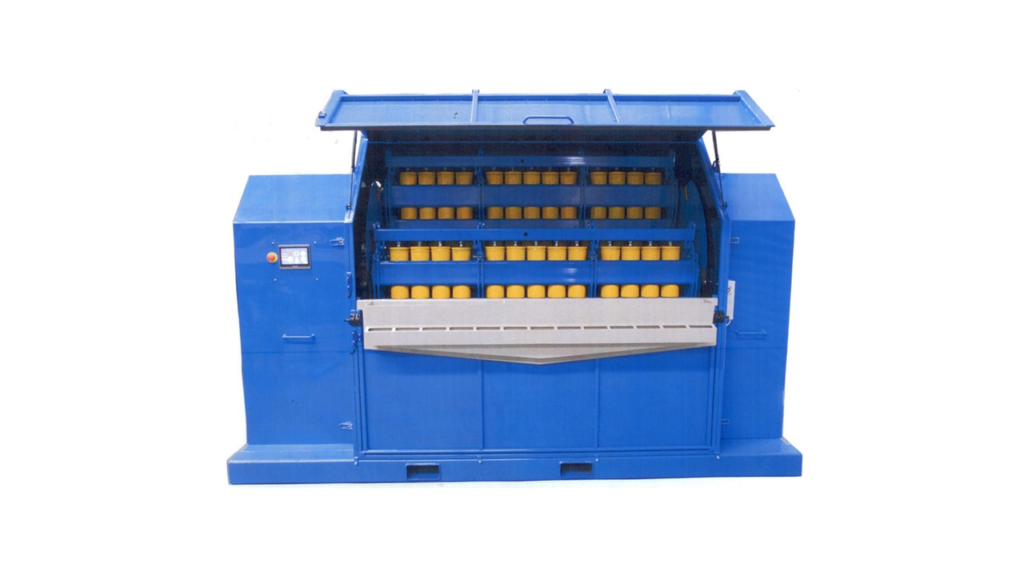
As the PAL1000 simultaneously pulverises and leaches the sample, it lends itself to being utilised for optimisation and test work. Specifically, the PAL1000’s operating parameters can be varied by the technician, providing an ability to optimise metal recoveries. The following PAL1000 system parameters are easily varied;
- Sample weight
- Grinding media composition
- Run time and operating speed (Energy input)
- Reagent additions
- Solid to Liquid ratio.
The determination of the optimal extraction conditions provides the mill operator with powerful data for circuit process control. To provide a cautionary note, however, as with most economic activities, a cost benefit exercise must be undertaken to ensure that increased metal recoveries are not to the detriment of economical recovery.
Cyanidation and Chemical Process Control
It is a given that industrial processes need to be monitored and controlled, and mining plants are not excluded from this. The benefits of controlling the process are many and include, amongst other things, maximising throughput, metal recoveries, and processing efficiencies, and conversely minimising costs, downtimes, and unexpected processing and operating events.
For the mill operator, process control will be commonly applied to processes such as crushing, comminution, leaching, elution, and dewatering circuits. To achieve this, a range of technologies are now available to help control circuits, from flow meters, control valves, densitometers, and free cyanide meters to load cells, and power meters on mills. Many, if not all, modern mining plants will link these technologies to computer systems to monitor, control, and adjust operating variables to maintain circuit control.
This particular type of control is focused on the management of materials handling, reagent additions, and other main physical parameters. It is important to be able to ensure that process conditions are monitored and controlled to produce maximum operating efficiencies. To undertake this control, the mill operator must understand the target process variables required to achieve the required process outcomes.
In the context of this discussion, process control is referring to the ability of the mill operator to both predict and maximise circuit performance. This can be achieved by real-time sampling, test work, and assay analysis with the feedback of results enabling the mill operator to make the appropriate operational changes. There is a raft of data on what the mill operator may require for effective process control could be, the least of which is as follows:
- What is the maximum achievable metal recovery
- What particle size and leaching conditions produce maximum achievable metal recovery
- Circuit throughput versus metal recovery
- Recoverable gold left in tails
- What is the effective head grade – i.e. recoverable metal head grade
All of this is producible by the simple alteration of the PAL1000 operating variables as the mill operator can easily both predict and maximise circuit operation.
For the cyanidation circuit operator, the PAL1000 and AssayTab combination enables enhanced process control.
Pre-treatment Analysis.
Depending on what data is required, this analysis can be undertaken on ore samples from the mining face, pit, or ROM pad, or they can be taken from mill circuit streams. The data liberated by the test work will depend on the samples analysed.
Ore Blend – Depending on factors such as the mining program, equipment utilisation, weather, and the company’s economic context, it is common for a processing plant to encounter variations in feed mineralogy. These variations can be gradual over time or can occur as a sudden step change. Ideally, the mill operator would prefer a consistent mineralogy entering the plant. However, this may not be possible, and variations in hardness, both metal and deleterious element concentrations, pulp viscosity and pH, etc. can all have significant impacts on plant performance and metal recoveries. Rather than play catch up and react to the changes that the mineralogy causes with the plant’s operation, it is better practice to understand the optimised plant conditions prior to treatment.
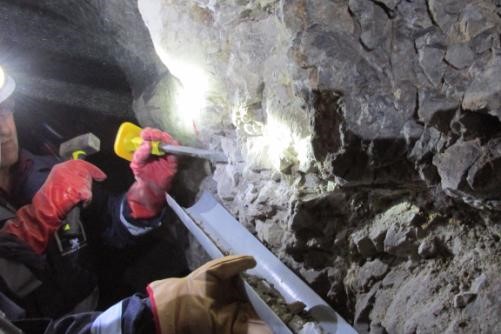
epresentative samples from the mine face, pit, or ROM pad can be sourced and mixed to the expected plant feed blending ratios. These can then be split into sub-samples and the PAL1000 can be used to very quickly and accurately determine the optimise grind size and reagent addition rates.
With this data in hand, the mill operator can set up the plant accordingly and have a higher level of confidence in achieving desired recoveries.
Even where optimisation work is not the primary aim, PAL1000 has proven its worth in understanding potential processing issues before plant treatment. Recently, when undertaking grade control analysis, a PAL1000 user identified previously unidentified low metal recoveries in sections of their ore body. It appeared that feasibility work had not identified the refractory mineralogy that was the cause of the low recoveries, and if another assaying methodology had been used, this would have manifested in poor plant recoveries. PAL1000 had saved the mill operator many thousands of dollars in unrecovered metal.
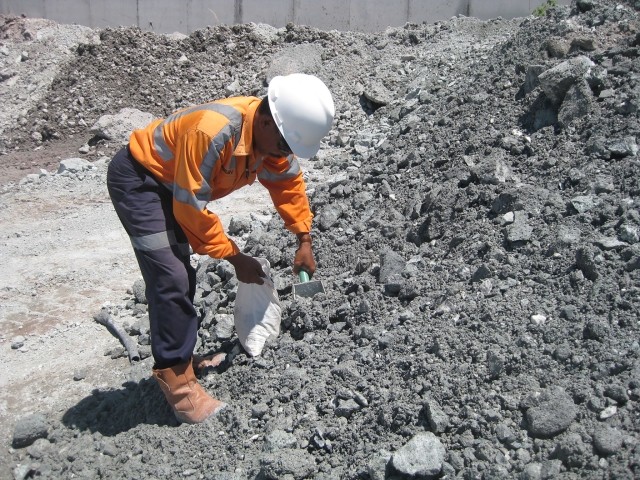
Hence, many mill operators are using the PAL1000 to undertake pre-treatment test work on ore blend samples to understand maximum theoretical recoveries, and the conditions required to achieve this.
It is important to note, that if the mine’s grade control analysis is undertaken using the PAL1000 method, then the mill operator will have this data available already.
In most cases, the multiple data points generated by a grade control sampling campaign, analysed via PAL1000, will be statistically more valid than what can be generated by even the most diligent grab sample. In most instances, this data will be available before the ore entering the plant.
Mill Feed – Spot or composite samples can be taken from the mill feed belt, split down to 1kg sub-samples, and fed into the PAL1000. While the data may be only available as the ore is being processed, it will provide useful comparison data to the actual plant performance data. This option is more likely to be chosen by the mill operator with relatively steady feed mineralogy.
The ideal feed particle size for the PAL1000 is -2mm, so coarser feeds such as for a SAG mill may require crushing before feeding. The mill operator can vary the media makeup and weight, % solids, run time, and speed of the PAL, to target the operating grind size. Once these variables are known, then the mill feed sample can be run through the PAL very quickly to determine the maximum cyanide recoverable metal. This can then be compared to the operating plant data.

Additionally, as the PAL has 52 sample pots, the mill operator can potentially split a bulk mill feed sample into 52 sub-samples. Leachate samples can then be taken at differing times to produce size, and recovery data for the feed blend. The PAL1000 tails can then be assayed with fire assay to determine recovery. Remember, that on average a sample run is close to an hour, so it is reasonable for the mill operator to have this complete data available within 4 to 6 hours from sampling. Analysing a composite tail will even further speed up the final data generation if required. Regardless, this data will be received easily within the circuit’s residence time.
Process Stream Analysis
The mill operator can also use the PAL1000 to undertake plant in-stream analysis. This can be either to produce metal content analysis, or for optimisation and comparison test work. In the case of spot samples, samples can be taken at regular timed intervals and assayed via the PAL1000 to produce metal concentration trends. Conversely, these can be combined into a composite sample to be representative of the stream during the treatment period. In the case of optimisation sampling, composite samples can be fed into the PAL1000 and as with the pre-treatment samples, the operating variables can be altered, to understand their potential impact on metal recoveries. In the this instance, consideration must be given to the existing concentrations of reagents already contained within the slurried sample.
Whilst this is a reactive methodology, the PAL1000 has proved to be an effective and fast assaying methodology when used in this manner. As with pre-treatment methods, the data liberated will be dependent on the sample stream analysed.
CIL/CIP Feed – CIL/CIP feed such as cyclone overflow can be fed directly into the PAL1000 sample pots. The technician can add the appropriate amount of AssayTabs, based on the percent solids, and process for the appropriate cycle time. If the samples are spot samples then the data recovered will provide trending data for the incoming metal concentration to the plant, as well as the expected recoveries. These can then be compared with the actual plant recoveries to understand plant operating efficiencies.

Specifically, actual plant CIL tailings grades can be compared to the PAL1000 assay to determine the recovery efficiency of the circuit. If the plant tail grade is lower than the PAL1000 assay, the mill operator will need to undertake a review of the plant operating conditions to understand the cause for the reduced efficiency.
Due to the fast turn around of the PAL1000 assay, the mill operator can have the data available in time to be able to make effective changes where required. It is not uncommon for the mill operator to have this data available long before the target ore sampled has discharged from the circuit into tailings. If there are issues identified by the data, then they potentially have the time to be able to rectify them without maximum loss being incurred.
CIL/CIP Tail – As with the feed, leach circuit tailings can be fed directly into the PAL1000, and with the addition of the AssayTab, leach performance is again easily determined.
This is somewhat similar to the information garnered from the CIP/CIL feed analysis, and is potentially less useful than the feed assay, however for a plant operating in a relative steady state, it may be a better sample due to the mixing and smoothing effect of having passed through the leaching plant. This will potentially be a more representative sample to analyse than the feed sample.
The biggest advantage that this assay produces is leach completion data. If further recovery is indicated via a PAL1000 assay on the tailings, then metal is being lost which potentially could be recovered by the plant. This could be due to reagent dosages, residence times, etc. and it will be up to the mill operator to determine the cause. As with previous sample types, the PAL1000 can be easily and very quickly used to determine optimum reagent dosages and leaching times.
It is incumbent on the mill operator to ensure they are economically recovering the maximum amount of winnable metal from their process.
The question is – Are you serious about maximising the recovery efficiency of your process?
At a time of rising costs and global inflationary pressures the mill operator is under ever increasing pressure to lower costs and increase operating efficiencies. Understanding the optimum operating conditions and ensuring that plant is operated as close to these conditions is paramount. Changing deposit mineralogy and circuit residence times, combined with the high cost and long turn around times of traditional assaying methods make circuit control challenging. MPC’s PAL1000 and AssayTabs are the fast and cost effective alternative that is increasingly being used for circuit process control. Representative of the cyanide recovery process, no other assaying method produces the process relatable results that PAL1000 does.
If you are serious about understanding the potential of your gold, silver or copper cyanidation circuit, you need to put some genuine consideration into PAL1000 as your assaying solution.
Mineral Process Control (MPC) Pty Ltd- December 2022


